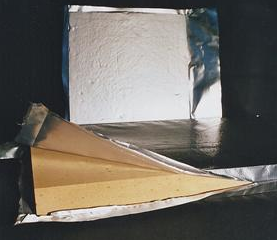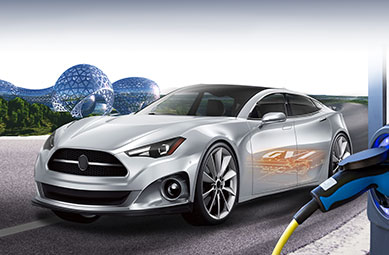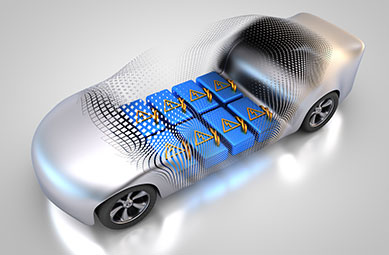In 1910, physicist Marian von Smoluchowski had demonstrated that gas molecules near the walls of vessels lose their normal mobility and thus the temperature also fluctuates. Thus, more than 100 years ago, he was able to lay the foundation for supported vacuum insulation.
GVI® systems consist of a double-walled, vacuum-tight shell structure that is evacuated. But they still differ significantly from previous solutions: The insulation space is completely filled with a microporous, often even nanoporous filling material. The vacuum effect thus already occurs at a very low gas pressure.
In addition, the filler in these vacuum insulations has a more or less pronounced supporting function: the insulations can withstand enormous pressure, supporting elements become obsolete. This, as well as the low vacuum requirements, results in considerable cost advantages of GVI® systems compared to classic multi-layer systems.





